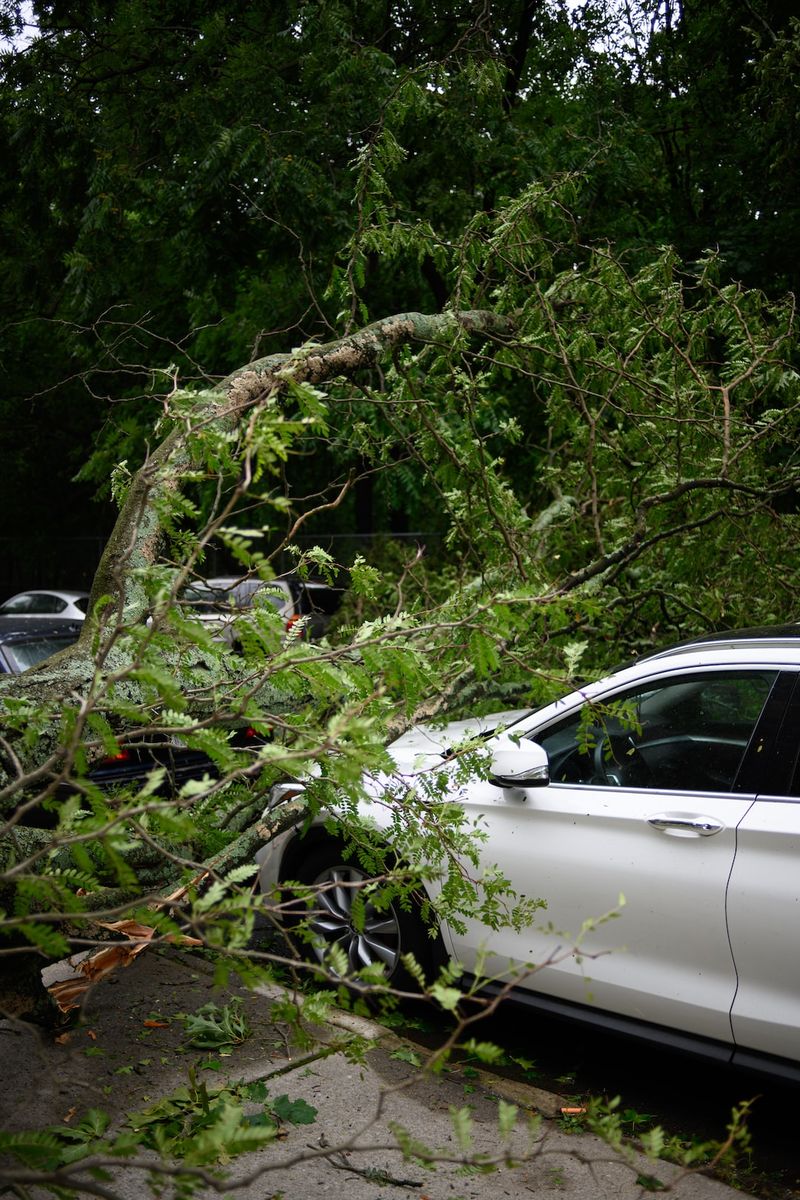Tropical Storm Idalia Threatens Florida with Potentially Catastrophic Impact
Rapid Intensification Raises Concerns
Tropical Storm Idalia, currently located about 35 miles off the western tip of Cuba, is expected to strengthen into a Category 3 hurricane before making landfall along Florida‘s Gulf Coast. The storm is forecasted to undergo rapid intensification, fueled by exceptionally warm waters in the Gulf of Mexico. This poses a significant threat to the affected region, as it increases the storm’s potential to cause life-threatening storm surge, winds, and flooding rainfall.
If the storm follows the current forecasted track, it will hit the Big Bend region of Florida, an area known for its vulnerability to storm surges. Up to 12 feet of storm surge is predicted in this area, and this combined with hurricane-force winds could be the most dangerous aspect of Idalia.
Impacts Extend Beyond the Forecasted Area
While the forecasted cone of Idalia’s path primarily covers Florida‘s Gulf Coast, it is important to note that the storm’s effects will be felt well beyond this area. Florida‘s Bay area, including Tampa, could be significantly affected if the storm makes landfall farther south than anticipated. Other parts of Florida, Georgia, and even the Carolinas may experience damaging winds, heavy rain, and storm surge as the storm progresses.
Challenge of Storm Surge Preparedness
Storm surge is a major concern when it comes to hurricane preparedness. As the storm blows the ocean onshore, it can rapidly endanger lives and property. In this case, storm surge up to 12 feet is expected in Florida‘s Big Bend, which, combined with waves driven by hurricane-force winds, poses a significant threat. Evacuation orders have been issued for low-lying coastal areas and vulnerable structures in multiple Florida counties, and Governor Ron DeSantis warns that more orders will follow.
It is crucial for residents in evacuation zones to heed the warnings and evacuate promptly. Storm surge can cause extensive damage to buildings and infrastructure, as seen during Hurricane Ian when it wiped buildings off their foundations. The risk stretches along much of Florida‘s Gulf Coast, emphasizing the widespread danger.
Rapid Intensification and Uncertainty
Idalia’s rapid intensification is a result of entering the eastern Gulf of Mexico, which provides access to record warm waters. As the storm moves along the Florida coast, it is likely to experience decreased wind shear and very warm waters, allowing it to rapidly strengthen before making landfall. The time the storm spends over water will determine the extent of its power.
While forecasters make every effort to provide accurate predictions, uncertainty remains regarding the exact track and intensity of the storm. Even a slight shift in the track could have significant implications for areas like Tampa, which could experience stronger winds and a larger storm surge if Idalia makes landfall farther south than anticipated.
Preparedness and Response Efforts
Governor DeSantis has taken proactive measures to prepare for the storm, including mobilizing National Guardsmen, deploying high-water vehicles and aircraft, and coordinating with power companies. The evacuation orders issued for low-lying coastal areas demonstrate the importance of prioritizing public safety.
Residents in the path of the storm are advised to prepare for power outages and other potential impacts. It is crucial to follow evacuation orders and stay informed about the latest updates from local authorities.
Conclusion
Tropical Storm Idalia poses a serious threat to Florida‘s Gulf Coast, and the potential for catastrophe necessitates prompt and decisive action. Residents in evacuation zones should prioritize their safety and closely follow instructions from local authorities. Preparedness measures, such as securing property and stocking up on essential supplies, should be taken by all residents in the potential impact area. The coming hours and days will be crucial in monitoring the track and strength of the storm, and it is essential to remain vigilant and stay informed about the latest developments.

<< photo by Michael Jin >>
The image is for illustrative purposes only and does not depict the actual situation.
You might want to read !
- Climate Change Brings More Intense Tropical Storms: The Arrival of Hilary Reveals Vulnerabilities in California’s Infrastructure
- The Fierce Battle for the 2023 U.S. Open Crown: Expert Analysis and Bold Predictions
- “The Changing of the Guard: Alcaraz and Djokovic Lead the Evolution of Tennis at the U.S. Open”
- The Changing Landscape of Tennis: Analyzing the 2023 U.S. Open Odds, Picks, and Predictions
- Tropical Storm Elsa Triggers Hurricane Watch for Florida’s Gulf Coast
- Tropical Storm Idalia Threatens Gulf of Mexico: Potential Path and Impact
- Arbor Place Mall Shooting Scare Reveals Vulnerabilities in Security Measures
- Great Lakes Devastated: Tornadoes Leave 5 Dead and 700k Powerless
- West Coast Shaken: Analyzing the Implications of the 5.1 Magnitude Ojai Earthquake
- Earthquake Shake-Up: Analyzing the Impact of the Magnitude-5.1 Earthquake in Ventura County




